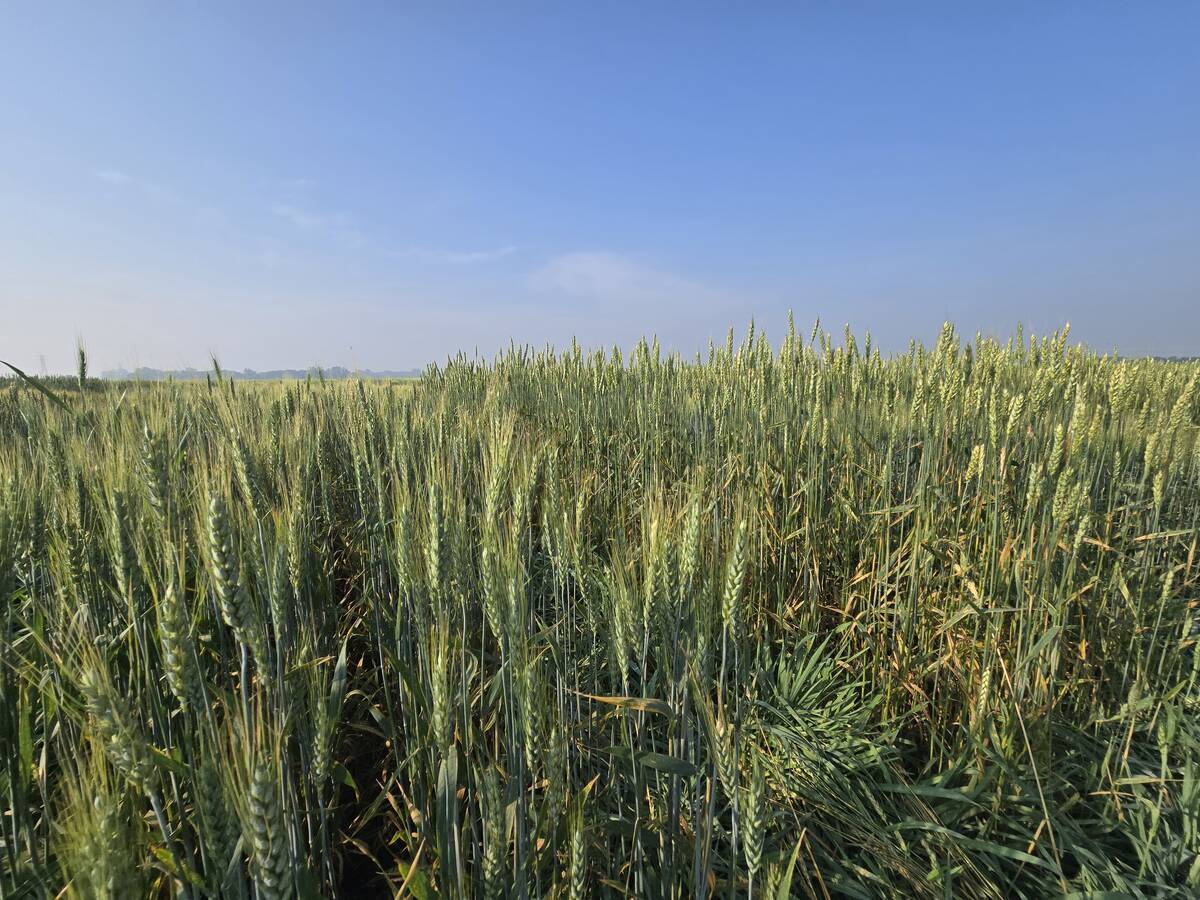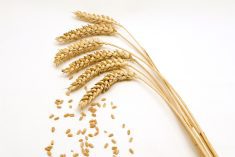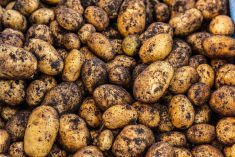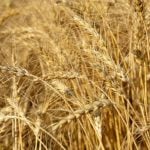Reuters / Japan plans to boost its animal feed reserves by 44 per cent in the fiscal year starting in April, the Farm Ministry said Jan. 29, as the world’s top corn buyer seeks to smooth supply shocks while it diversifies purchases away from the United States.
The move could support prices by further tightening global supplies of corn, following the latest U.S. government forecast showing stockpiles in the world’s top producer will hit a 17-year low by summer’s end.
Read Also

Canada’s agricultural innovation in crisis?
Experts argue that Canada’s ability to foster agricultural innovation and technology needs drastic improvement, and it needs to happen now
Record U.S. corn prices last year forced Japanese animal feed makers to increasingly switch to importing the country’s main feed grain from nations such as Brazil, Argentina and Ukraine. But infrastructure problems held up some deliveries, resulting in higher-than-expected import costs.
It is to avoid similar supply problems that Japan, which imports more than $3 billion of corn annually, is beefing up its reserves for feed makers to tap in case of an emergency.
A compound feed of grains, soymeal and other ingredients is fed to cattle, chickens and pigs for local meat production.
Japan produces almost no corn or sorghum at home, and thus the government gives financial support to enable imports of the two main ingredients of animal feed to build up national reserves. On top of that, feed makers are required to store certain amounts of feed at their own cost.
For the year that will start in April, the government has set aside a budget to cover costs and financial support for maintaining reserves of 600,000 tonnes of corn and sorghum, Farm Ministry officials told reporters.
That volume is up from 350,000 tonnes currently, or 320,000 tonnes of corn and 30,000 tonnes of sorghum, marking the first rise in national reserves in three years.
Feed makers will be required to lift their own reserves to 550,000 tonnes in 2013-14 from 450,000 tonnes currently.
“There’s consistent need for more diversification of suppliers from the dominant one, the United States, to Brazil and other developing countries,” Takehiro Osugi, a director at the Farm Ministry’s agricultural production bureau, told Reuters.
“Last year, cargo delays from Brazil for about two months resulted in a temporary shortage of some 500,000 tonnes. Given such a case, we’ve decided to add half of that amount, or 250,000 tonnes, to the national reserves,” he said.
For the first 11 months of 2012, Japan imported 8.8 million tonnes of corn for feed use, down 6.7 per cent from a year earlier, customs-cleared trade data showed.
U.S. corn accounted for 70.8 per cent during the 11-month period in 2012, down from 87.9 per cent a year earlier. Brazil took an 11.0 per cent share during the same period, followed by 9.2 per cent by Ukraine and 5.5 per cent by Argentina.
A fall in corn imports has been largely filled up with imports of feed wheat.














